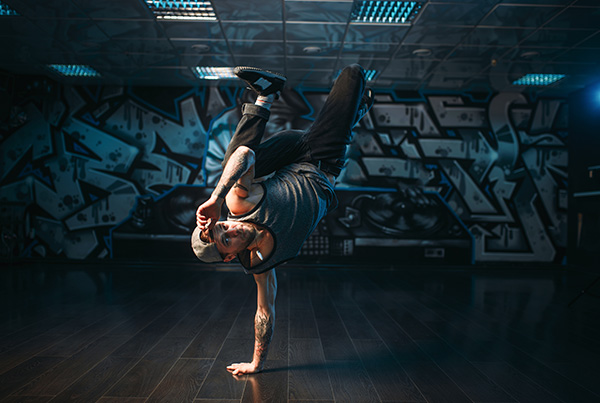
Quick answer – Depends. It depends on what type of dance you are trying to copyright. The best way to understand what is registerable is to speak about a lawsuit that was filed addressing this issue.
“Epic [owners of Fortnite] has consistently sought to exploit African- American talent…” a statement quoted by the attorneys representing Alfonso Ribeiro, (i.e. Carlton from the Fresh Prince of Bel Air, starring Will Smith) in response to Epic Game’s inclusion of an emote on its popular game Fortnite that resembles the classic dance move known as “the Carlton.” Other cultural dance moves cited in the petition include the 2004 Snoop Dogg music video “Drop it Like It’s Hot”, Milly’s “Milly Rock” performed by Will Smith, and the “Band of the Bold” danced move performed by Donald Faison’s from the NBC television show Scrubs.
Cultural appropriation, or as I like to call it, cultural gentrification, is not a new phenomenon of American exceptionalism but is a prerequisite to American Idealism. Nevertheless, that does not resolve the question – Can “I” protect my dance move?
Yes, you can but there are some constraints. Don’t worry, the Copyright Act is an equal opportunity discriminator of dance moves. The law provides protection in “pantomimes and choreographic works” created after January 1, 1978.
The Copyright act defines choreography as the composition and arrangement of a related series of dance movements and patterns organized into a coherent whole. Pantomime is defined as the art of imitating, presenting, or acting out situations, characters, or events through the use of physical gestures and bodily movements.
In other words, the expressionist art your praise and worship team does every other Sunday may qualify as registerable art (although pastor may not approve the hoarding of the Lord’s inspired dance moves), but your “holy ghost” dance move may not.
Here is a list of choreographic moves that are protected by the Copyright Act:
- Rhythmic movements of one or more dancers’ bodies in a defined sequence and defined spatial environment such as a stage. (i.e., ballet)
- A series of dance movements or patterns organized into an integrated, coherent, and expressive compositional whole (sorry Soul Train line).
- A story, theme, or abstract composition conveyed through movement.
- A presentation before an audience.
- Musical or textual accompaniment
Here is a list of Pantomime moves that are protected by the
Copyright Act:
- The direction of a performer’s movements, gestures, and facial expressions in a defined sequence and a defined special environment, such as a stage.
- A related series of movements, gestures, and facial expressions organized into an integrated, coherent, and expressive compositional whole.
- Silent action, performed without dialog, although sound effects or a musical accompaniment may Accenture the performer’s actions or complement the work as a whole.
- A story, theme, or abstract composition conveyed through movement.
- A presentation before an audience.
Here is a list of dance moves that are not protected:
- A set of movements whereby a group of people spells out letters with their arms (sorry YMCA)
- Yoga positions
- A celebratory end zone dance move or athletic victory gesture (sorry Cam).
- Ballroom dances
- Folk dances
- Line dances
- Square dances
- Swing dances
I believe this needs to change. In the alternative, I believe there is a way to protect your dance move in a different way. Contact us if you have any questions.
P.S. Alfonso is just now registering his dance move, let’s see if it gets registered. If it does, this changes up the game!
Update: (February 16, 2019). Alfonso (Carlton) was denied registration for his signature dance.

